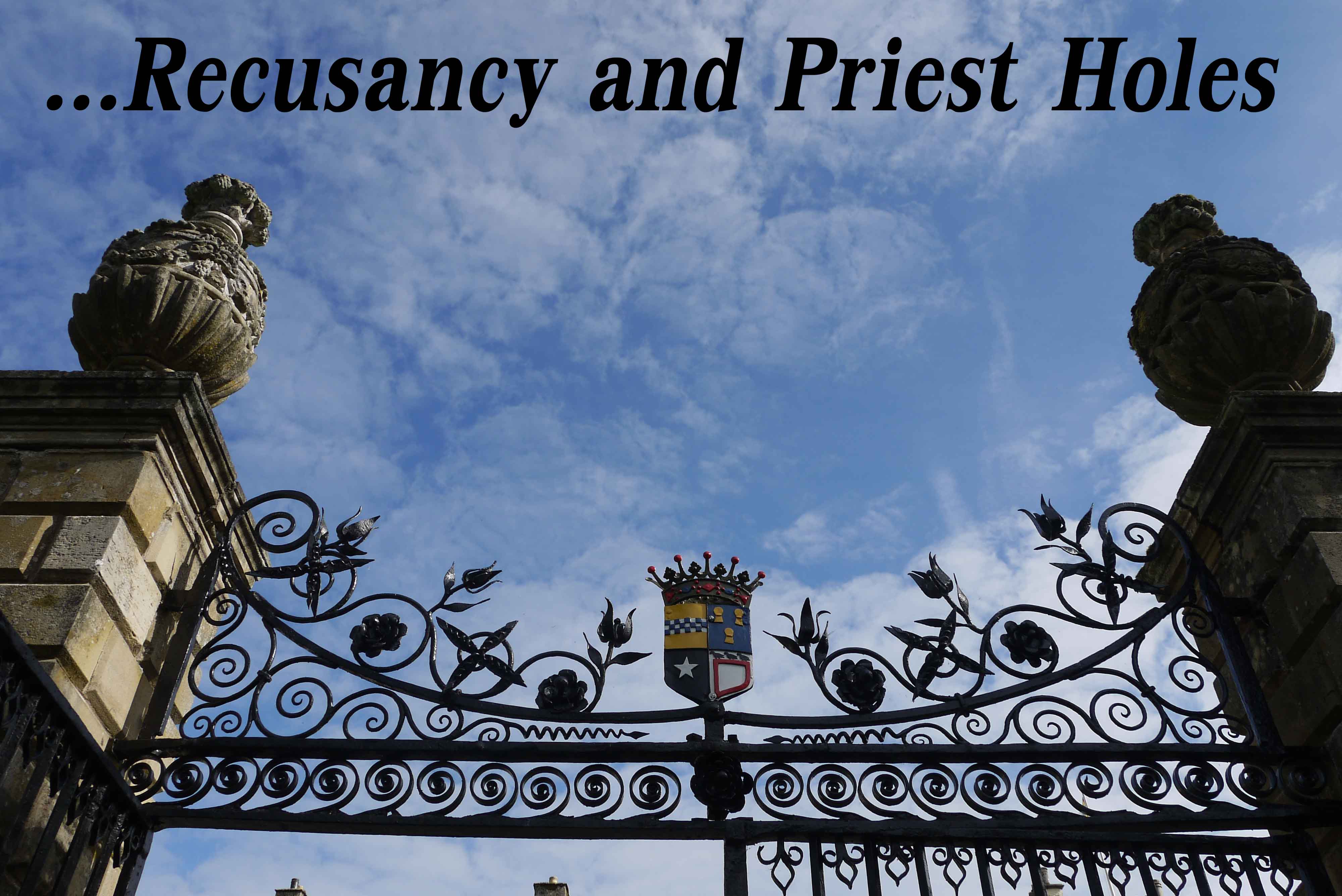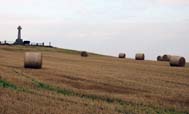It is unfortunate that I am unable to share all my photo memories of our Malta adventure so I leave you with these final glimpses from our holiday.
I captured some lovely moments walking around Valletta; a lizard playing hide and seek with me in the upper Barraka Gardens, hidden gems of history, birds with their [...]
Archive for the tag 'Vacation'
Filed under Anecdotes, Holidays, Malta 2023
Last Glimpse of Malta…
7 Comments CherryPie on Jan 28th 2024
Filed under Heritage, Holidays, Malta 2023
Ħaġar Qim and Mnajdra Archaeological Park
Ħaġar Qim, over 5000 years old, is found at the top of a promontory with a fertile plain to its east and garrigue sloping down to the sea to the west. 500m downhill from Ħaġar Qim one finds Mnajdra, a contemporary building, probably used by the same community given its proximity.
The late-Neolithic site of Ħaġar [...]
10 Comments CherryPie on Jan 24th 2024
Filed under Holidays, Malta 2023, Science & Nature
Malta National Aquarium
The Malta National Aquarium has 51 tanks including reptiles, insects and amphibians, amongst others, Mediterranean fish, including fish commonly found in Maltese waters together with replicas of historical artefacts that one can find in the seas around the Maltese islands.
The main tank of the aquarium houses species from the Indo-Pacific Ocean, including black tip sharks, [...]
8 Comments CherryPie on Jan 22nd 2024
Filed under Heritage, Holidays, Malta 2023
Mdina Cathedral Museum
The Mdina Cathedral Museum is housed within a magnificent baroque building, on the right-hand side of the Cathedral, in Archbishop’s Square. This imposing edifice was built by Bishop Alpheran de Bussan, with the first stone being laid in 1733. This building was to serve as the seminary for the Diocese of Malta.
There are many beautiful [...]
6 Comments CherryPie on Jan 15th 2024
We are here and it is now. Further than that all human knowledge is moonshine.
H L Mencken
10 Comments CherryPie on Jan 14th 2024
Filed under Faith Foundations, Heritage, Malta 2023
St Paul’s Cathedral, Mdina
The Metropolitan Cathedral of Saint Paul (Maltese: Il-Katidral Metropolitan ta’ San Pawl), commonly known as St Paul’s Cathedral or the Mdina Cathedral, is a Catholic cathedral in Mdina, Malta, dedicated to St. Paul the Apostle. The cathedral was founded in the 12th century, and according to tradition it stands on the site of where Roman governor Publius met St. Paul following his shipwreck on [...]
8 Comments CherryPie on Jan 13th 2024
Filed under Holidays, Malta 2023
Tritons’ Fountain
The fountain consists of three bronze figures of mythological Tritons holding up a platter. Two of the Tritons are sitting, while the third one is kneeling, and they are balanced on a seaweed base. The face of each Triton is visible when viewed from City Gate. Their posture gives a sense of strength as well as [...]
12 Comments CherryPie on Jan 10th 2024







